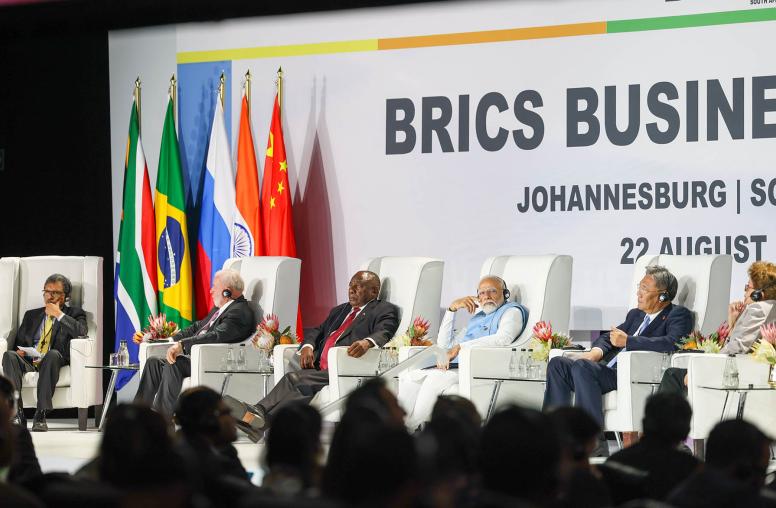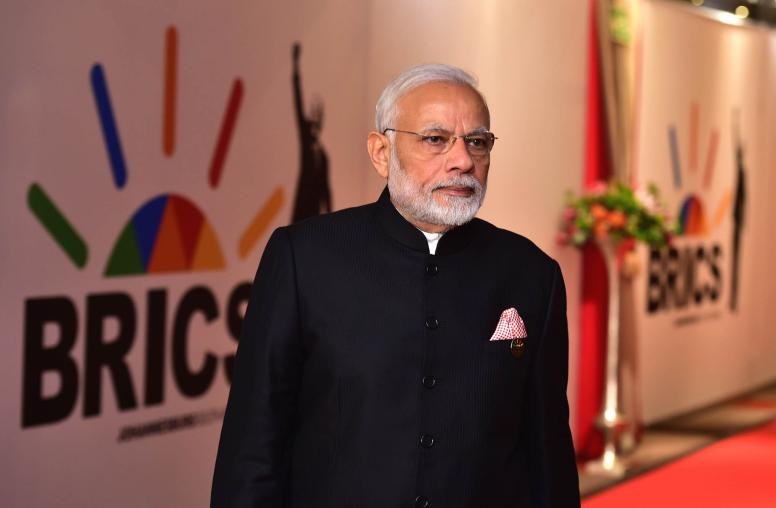 South Africa
South Africa
Featured Publications

What’s Driving a Bigger BRICS and What Does it Mean for the U.S.?
Leaders from Brazil, Russia, India, China and South Africa (BRICS) will gather in Kazan, Russia, next week for the group’s annual summit, along with an expanded roster of members. This is the first BRICS summit since Egypt, Ethiopia, Iran, Saudi Arabia and the UAE joined earlier this year. Russia, which holds the BRICS presidency this year, has also invited over two dozen other countries, which have expressed interest in joining the group, for the first “BRICS+” summit. For President Vladimir Putin, hosting this summit is an opportunity to show that Western efforts to isolate Moscow for its illegal war on Ukraine have not been successful and that Russia has friends around the globe.

India’s BRICS Balancing Act
Leaders of the BRICS (Brazil, Russia, India, China, and South Africa) will meet in Kazan, Russia from October 22-24 for the 16th BRICS Summit. BRICS will welcome its five new members (Egypt, Ethiopia, Iran, Saudi Arabia, and the United Arab Emirates), with at least 24 other prospective members joining the summit. As BRICS expands and looks to become a more influential player in world affairs, India faces the increasingly complicated task of continuing to deepen ties with the United States and play a leading role in Russian- and Chinese-dominant global forums, like BRICS.

How Nelson Mandela’s Legacy Still Resonates for Youth Movements
As December marks 10 years since the passing of Nelson Mandela, an icon of 20th-century struggles for justice and peace, a new generation of activists is building from his legacy to counter our 21st-entury crises of rising global violence. Among the signs of Mandela’s vital relevance for us now is a global, online conference to bolster nonviolent social action in pursuit of justice and peace that opens December 7, hosted by the Stanford University-based World House Project with partner groups from South Africa, India, Mexico and elsewhere.